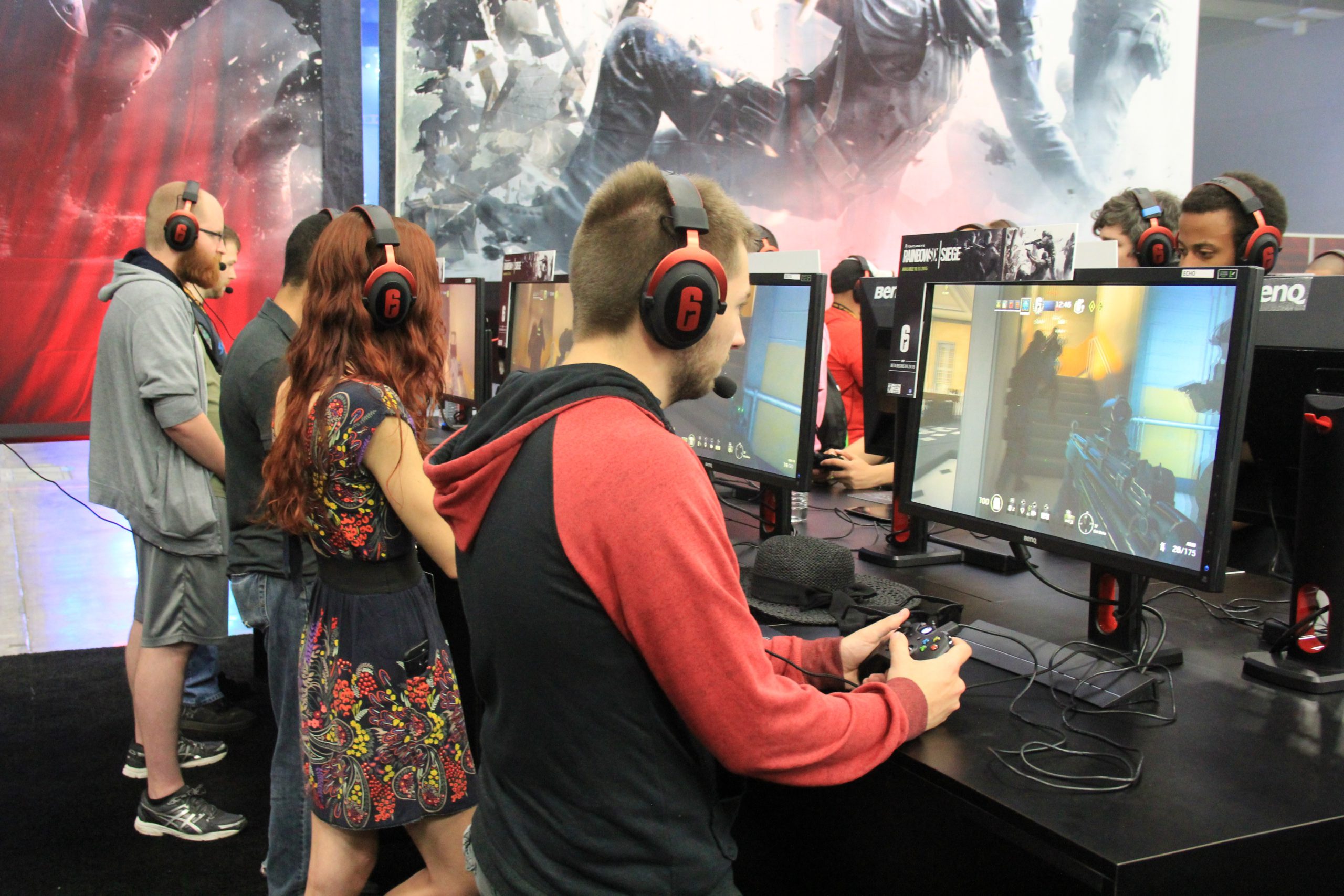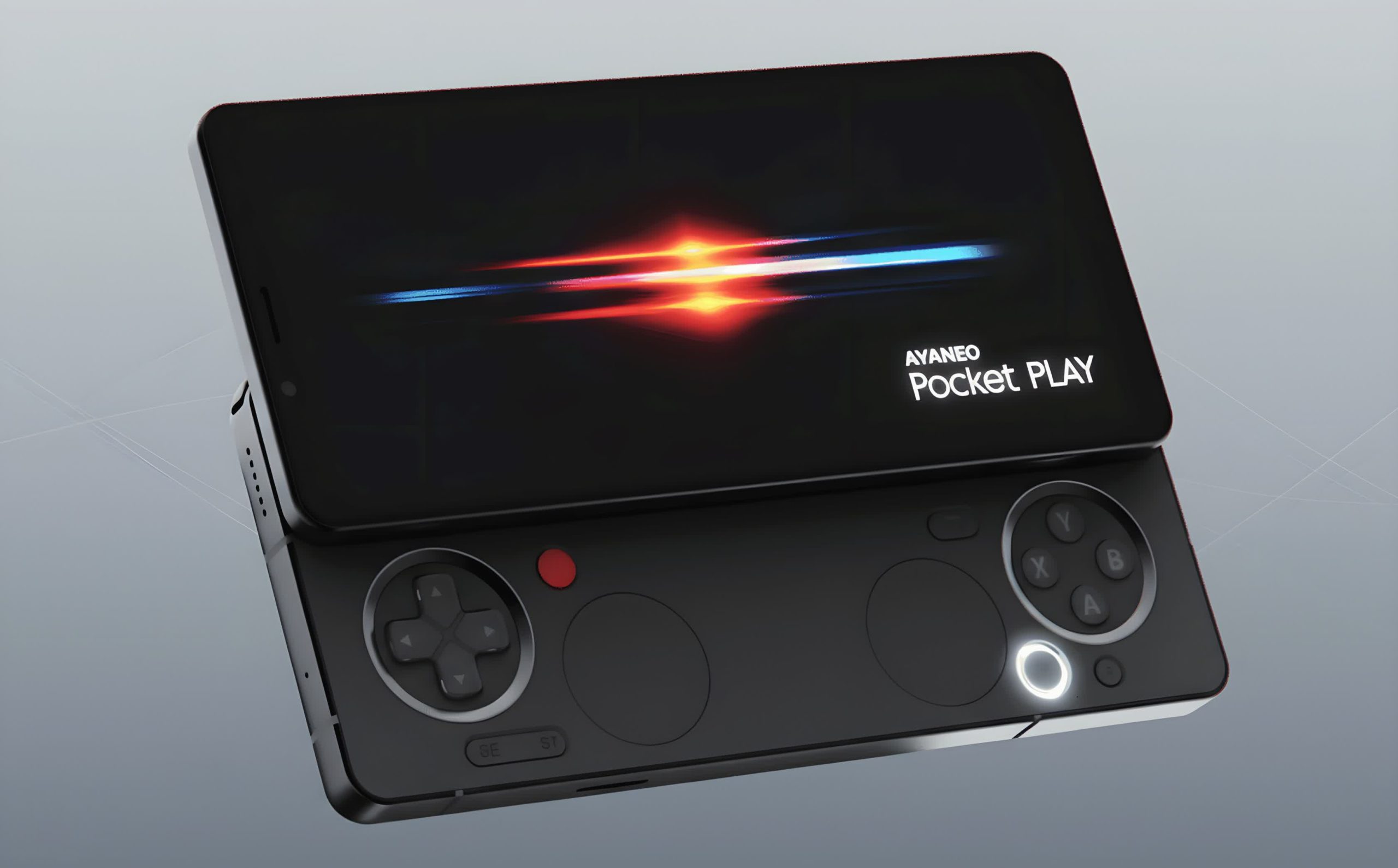Mid-clutch round, your phone timer buzzes with that dreaded reminder: “Take a 15-minute break!” Your focus shatters like a dropped controller. You were locked in, reactions sharp, every move flowing naturally—until that arbitrary interruption yanked you back to reality. Sound familiar? That’s because the gaming world’s most sacred health advice is fundamentally broken. In working memory tasks, one study found that interruptions significantly impaired performance, with delayed response times and degraded attention control processes.
Why Flow State Beats the Clock
Your brain’s optimal gaming mode can’t be scheduled.
The “15-minute break every hour” rule treats gaming like factory work, ignoring what neuroscience reveals about peak performance. Flow state—that zone where time disappears and your skills feel superhuman—requires sustained, uninterrupted focus. Research published in the Journal of Cognitive Enhancement shows flow involves decreased self-referential processing and increased sympathetic arousal, creating the ideal conditions for gaming excellence.
Timer-based interruptions obliterate this delicate mental state. Like pausing The Last of Us during its most intense sequence, forced breaks fragment concentration and kill the immersion essential for high-level play. Studies from Frontiers in Human Neuroscience confirm that external interruptions derail flow, leaving players struggling to regain their previous performance level.
Smart Breaks That Actually Work
Align your rest with your brain’s natural rhythms.
The solution isn’t abandoning breaks—it’s timing them intelligently. Natural breakpoints work with your psychology, not against it. Between Valorant rounds, after completing a quest, or when a match ends naturally—these moments let your brain wind down a task without jarring disruption. Research shows these transitions minimize cognitive friction during re-entry to gameplay.
Micro-breaks pack maximum health benefit into minimal time. The 20-20-20 rule (every 20 minutes, look at something 20 feet away for 20 seconds) can happen during loading screens. Quick wrist stretches fit perfectly into Champion Select. Your eyes get relief, your body stays loose, and your flow remains intact.
Recognition beats rigid timing every time. Mental fatigue shows itself through:
- Increasing mistakes
- Slower reactions
- Mounting frustration
These signals indicate when you genuinely need rest, not when some app thinks you should.
Health Without Performance Loss
Protect your body while preserving your edge.
Keep water nearby—hydration creates natural, brief pauses without destroying focus. Perform stretches during organic downtime like map loading or queue waits. These habits address legitimate health concerns while respecting the cognitive realities of competitive gaming.
Gaming culture has matured beyond basement stereotypes, but health advice hasn’t kept pace. Treating esports athletes and dedicated players like office drones misses the mark entirely. Smart break management serves both your long-term health and your current performance—no timer required.




























